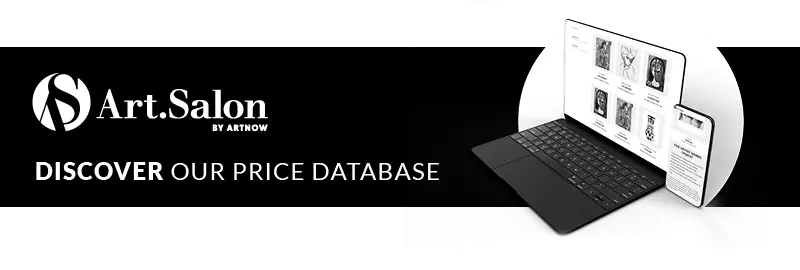From August 20, the Getty Museum in Los Angeles will be presenting two valuable contributions on the subject of art and light from the 1920s to the present day: Abstracted Light: Experimental Photography deals with avant-garde photography from the 1920s to the 1950s. First and foremost is the Hungarian László Moholy-Nagy (1895-1946), a pioneer of the later widespread photograms. Objects were placed on photographic paper and exposed to light so that the silhouette of the object was immortalized on the paper. Man Ray (1890-1976) is considered a well-known representative of this technique, which he called »Rayography« and of which he claimed to have been the inventor. The Getty Museum is showing the diversity of »painting with light« in this exhibition until November 24. Other artists on display include Francis Bruguière (1879-1945), Tōyō Miyatake (1895-1979), Asahachi Kono (1876-1943) and Barbara Morgan (1900-1992).
The second exhibition, which also ends on November 24, is entitled Sculpting with Light: Contemporary Artists and Holography. In the 1960s, the newly discovered laser technology enabled the first artistic experiments with holograms: Three-dimensional objects that seem to move weightlessly in space. The exhibition focuses on the little-known c project (c is the mathematical symbol for the speed of light), in which artists and hologram technicians explored the possibilities of the technology together. Participants included Louise Bourgeois (1911-2010), Ed Ruscha (*1937) and Chuck Close (1940-2021). Other sections present works by Deana Lawson (*1979), who has been working with holograms since 2020, and Matthew Schreiber (*1967), who combines drawing, sculpture, photography and video art with holograms.







